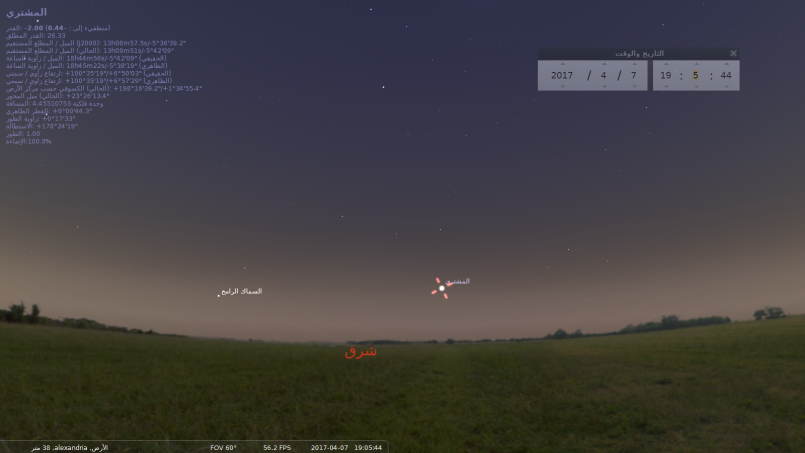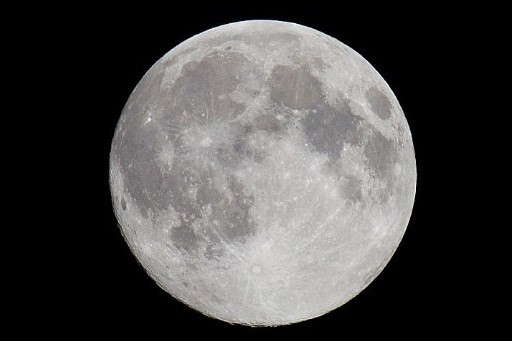The giant planet Jupiter will be at its closest point from Earth and its face will be brighter than any day of the year; it will be seen all night. Starting from this night, you will be able to observe the and take photos of Jupiter and its bright stars. A small telescope can be used to see the gaseous details on the surface of Jupiter.

Tuesday Night, 11 April 2017
It is the night when the crescent of the month of Ragab will turn into a full moon. Some amateurs do not like full moons, because the prevent them from observing the faint celestial bodies. However, in the West, the full moon is a bad omen. On the nights of the full moon, the wolves become active and their howling becomes loud. The ancient people of America called April's full moon as the pink moon because it rises when the vast lands are covered with pink flowers in Spring.
The full moon will be at 8:08 CLT.

Saturday Night, 22 April 2017
Meteor showers can only be seen in a completely dark place. On this night, torrents of meteor showers will be coming from the Lyra constellation. The number of meteors seen by the observers are not large, but they will be present at a rate of 20 meteor per hour. this meteor shower was discovered in 1861. We start monitoring this meteor shower during the period of 16-25 April. However, the largest number of meteors will be seen tonight. Observing will not start unless it is totally dark after midnight.
Photos credit: NASA's educational website, but they have been edited and arabized, in addition to stellarium program.